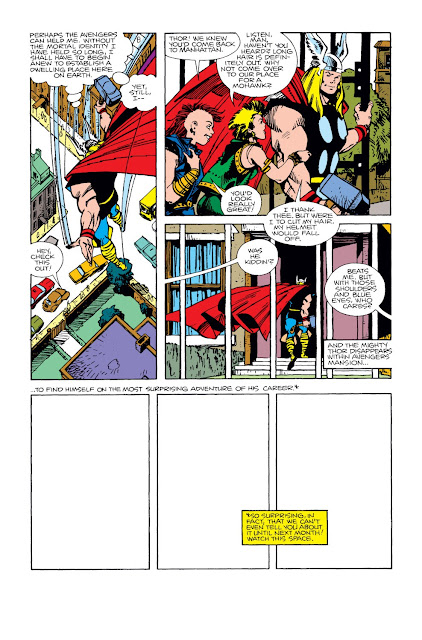Electro may be a supervillain, but unlike Blackout he's not clinically insane. And here Electro delivers a delicious jab at comic book pseudo-science, pointing out that Blackout's explanation of his power is nucking futs.
Moonstone (easily one of Marvel's 5 best female supervillains) noticed the same thing, and decided to play along with the still-useful lunatic. But the Rhino had different ideas.I wonder how many superheroes and villains sound insane to their peers, when they talk about how their powers work. How DID Captain Mar-Vell manage to explain his "cosmic awareness" without sounding like he was on drugs?
This is pretty much my reaction whenever I read about the Flash's "speed force". I was bad at grade-school science, but not THAT bad. I don't want my suspension of disbelief to get a hernia.
The art team of Milgrom and Sinnott do a solid job, by the numbers: They open the page with a dynamic tilted angle of Blackout using his power on the Rhino, followed by a close-up of the raving lunatic, viewed slightly from below for dramatic impact. Then we have a wide shot of Electro and Moonstone's quiet chat, viewed from above, to lighten the mood and create a humorous contrast with Blackout. The final three panels deliver a straight cinematic beat, with a madman on the foreground who's oblivious to the incoming thug on the background. It's snappy, lighthearted and clear, as the story required.
























